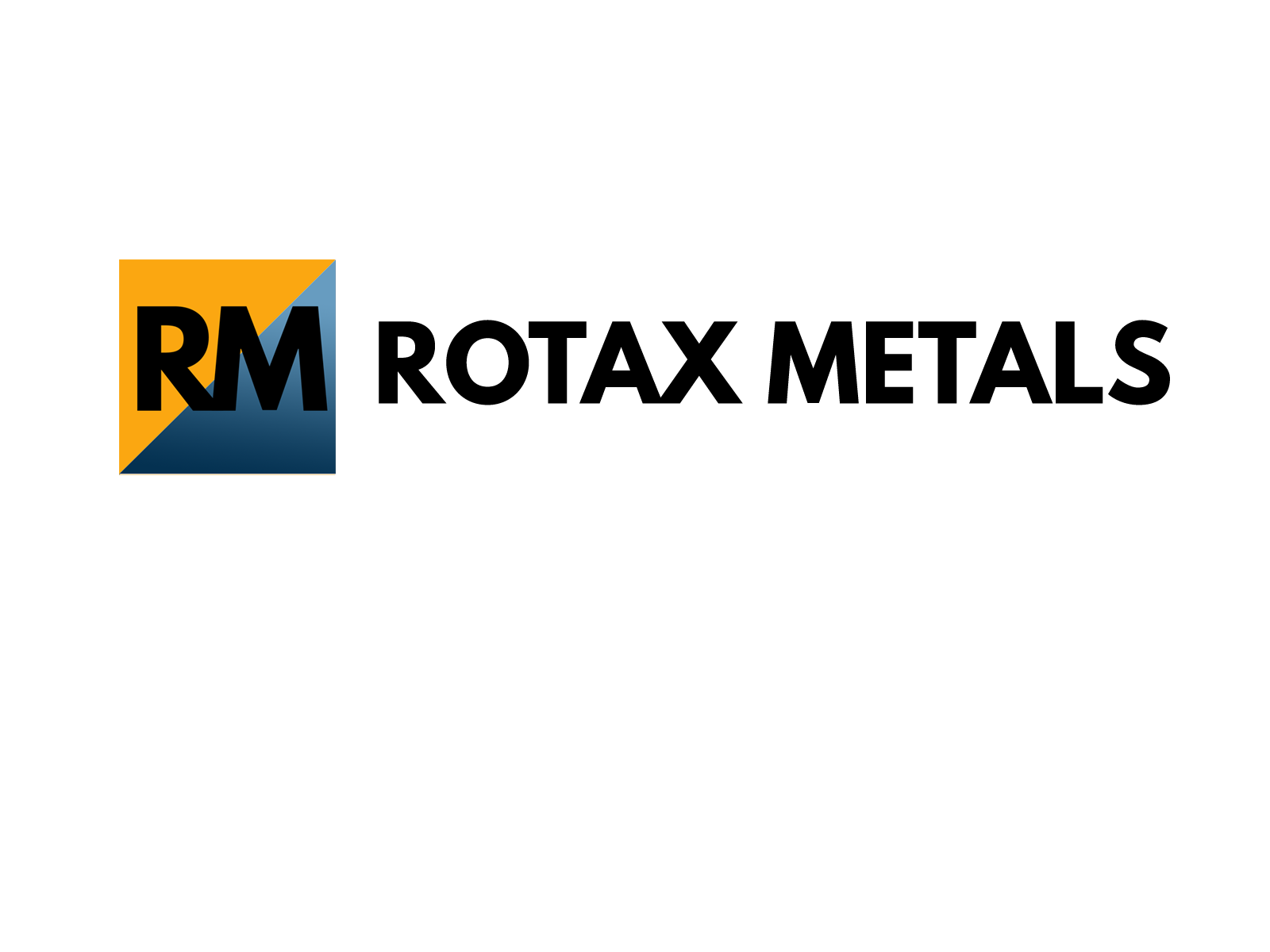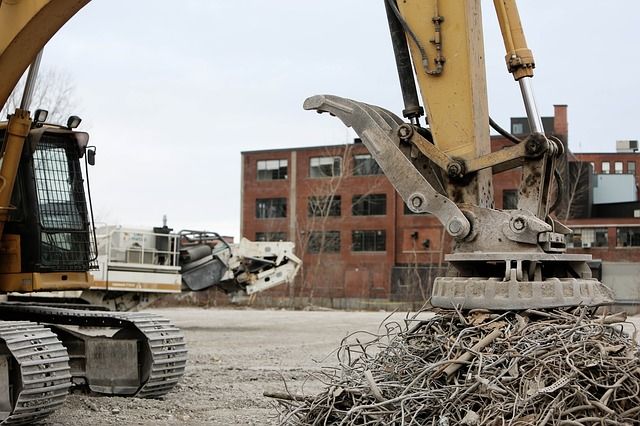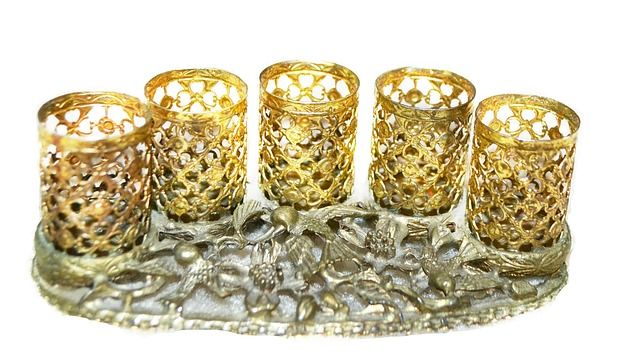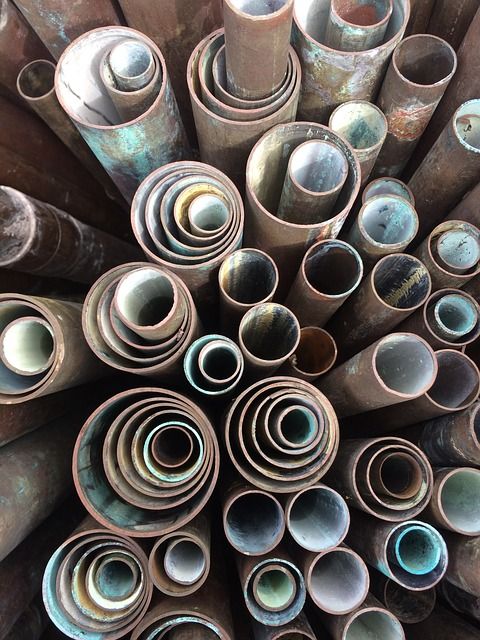Some metals are capable of creating their own magnetic field, thanks to the unique orientation of their domain, the small magnetic field that are inherent in their crystalline structure. These metals, called ferromagnetic materials, include iron, nickel, certain alloys, and rare-earth metals. This doesn’t mean that other metals can no longer be made into magnets or at least part of a magnetic system.
By applying electricity, certain non-ferromagnetic metals can create a temporary magnetic field. This magnet, called electromagnet, consists of a coil and a core. The core is usually made of iron and the coil, of a highly conductive metal wire. Most electromagnets have copper coils, because copper is both electrically conductive and heat-resistant.
Electromagnets are extremely important because they can easily come in handy unlike permanent magnets that might not always be available. Additionally, you can conveniently increase the power of an electromagnet by simple increasing the current flowing in the system or increasing the size of the coil. The following are some of the applications where copper-coiled electromagnets are used.
- Electric bell. To set off an electric bell, the circuit is switched one to allow electricity to flow through the electromagnets. The magnet then causes the hammer inside the bell to vibrate back and forth. The magnets are systematically arranged to pull the hammer from side to side at incredible speed.
- Crane. When collecting or sorting metals from a scrapyard or when carrying steel bars and plates to higher levels of a building under construction, a crane with a powerful lifting magnet is usually needed. This is especially helpful because it allows the crane to carry tonnes of steel without hooks and ropes.
- Surgery: There are instances when a surgery is needed to pull out certain metal pieces from inside the body. Instead of invasively cutting open a wound, an electromagnet can be used. The device used for this kind of application usually generate just enough electrical current to be able to gently pull out any foreign metal object.
Apart from magnetic coils, there are other materials copper can be made into and used for other applications. They can be manufactured into sheets, tubes, and even bars. If you need copper supplies for your future projects, turn to trusted sheet metal suppliers like Rotax Metals to make sure you’ll get the highest quality materials.
Sources:
PERMANENT MAGNET, universetoday.com
Solenoids, resources.schoolscience.co.uk




